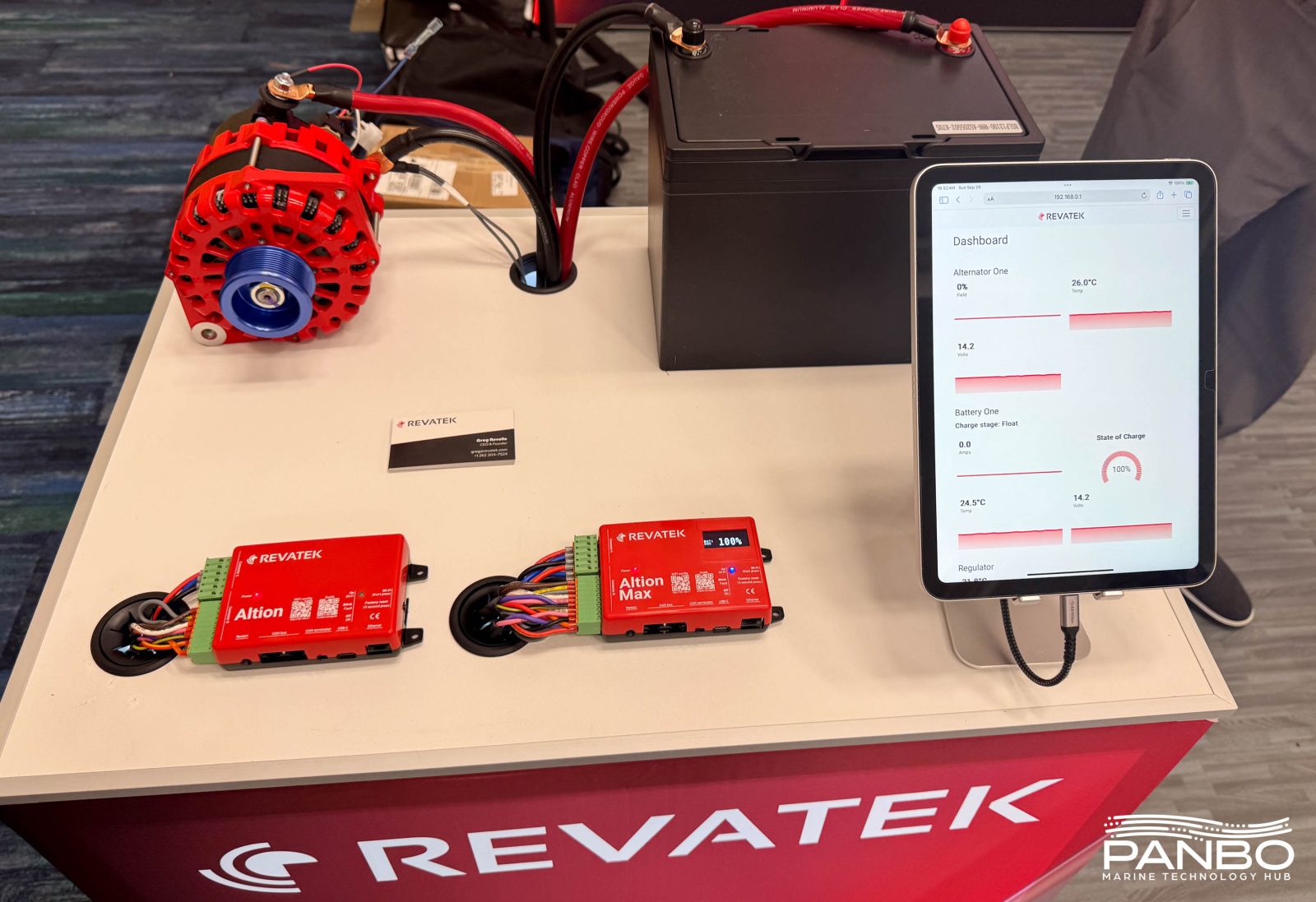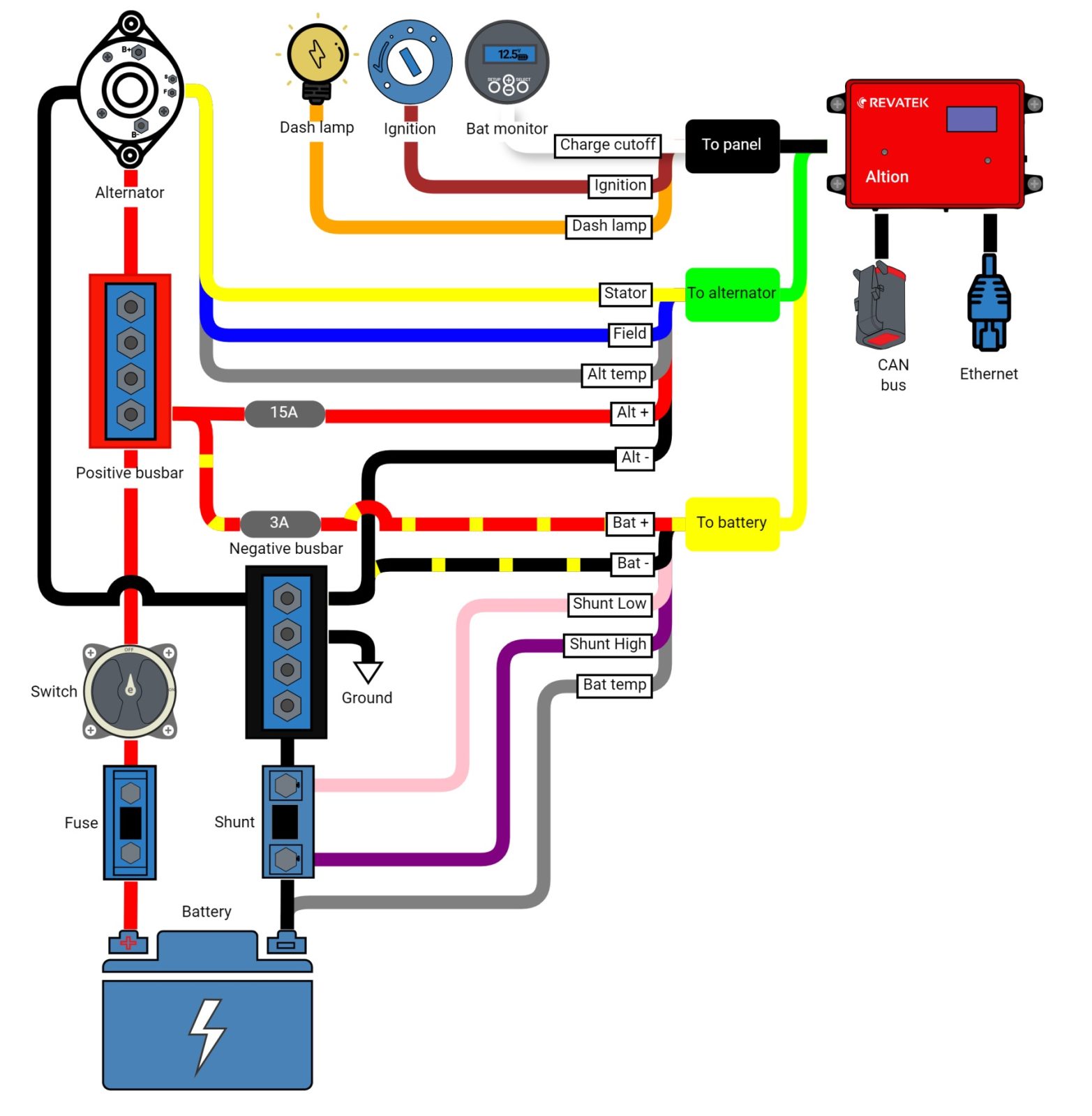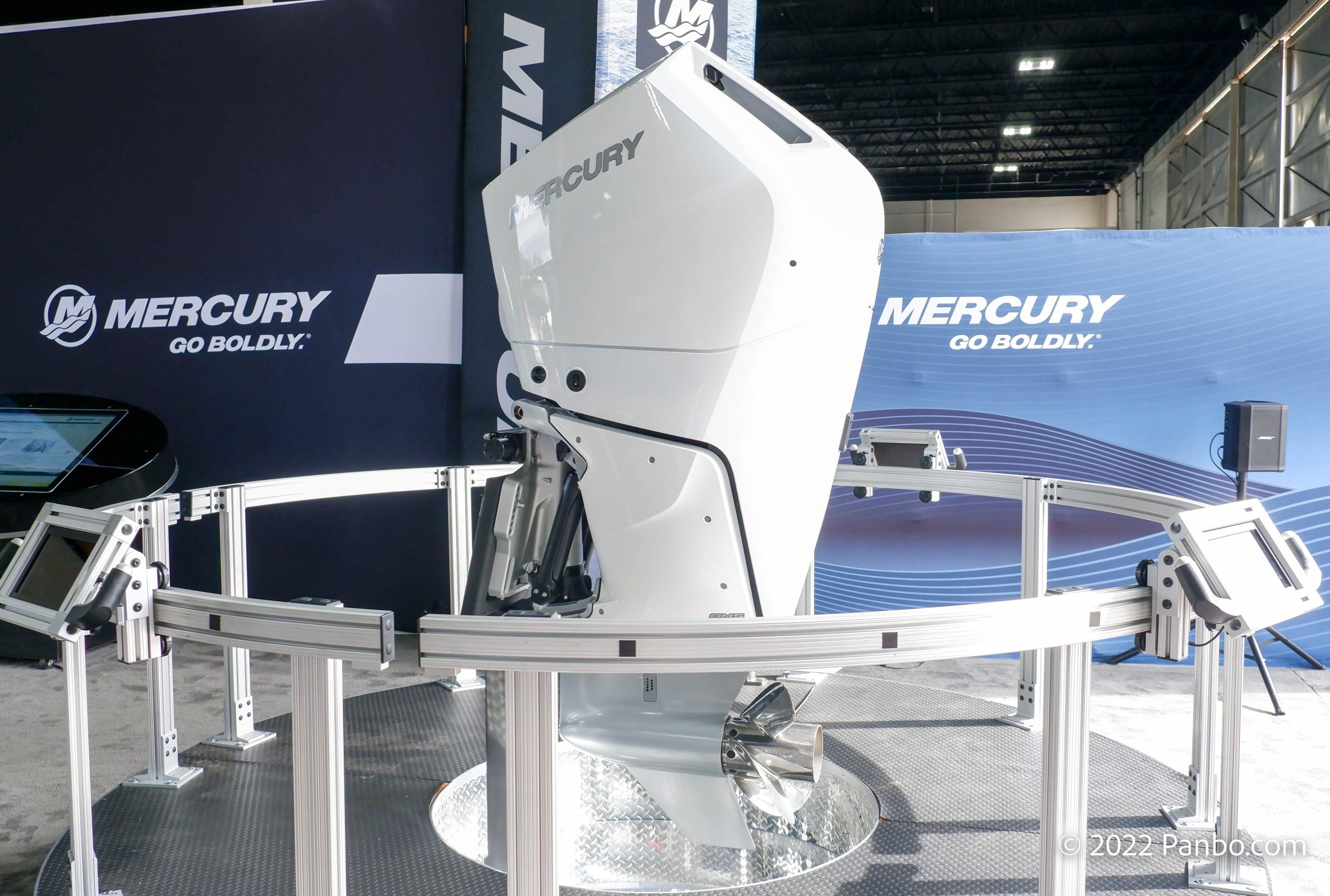IBEX 2024: Revatek Altion alternator regulators

IBEX 2024 was a show to remember for me. Starting with Hurricane Helene’s development and potential threat, it was unclear if the show would proceed. Fortunately, although there was some impact, the show was able to proceed. My show began Sunday morning, two days before the official open, with two days of judging the IBEX Innovation Awards. Every year, the awards afford me the opportunity to get an early jump on the new and exciting products displayed at the show. This year, the crop of entries was exceptionally strong. I’m going to write a series of entries covering the products that caught my eye. I. believe it’s a testament to the strength of this year’s entries that quite a few of the products I will highlight were not selected for innovation awards. First up in my list are Revatek’s Altion and Altion Max alternator regulators.

Revatek, a new company themselves, joins the advanced alternator regulator market with the $800 Altion and $900 Altion Max. The Max adds the ability to regulate two alternators at once and the addition of an OLED display. The two connected alternators can be differing voltages and chemistries. Physically, the Altions remind me of a Victron Cerbo in red. Impressively, these regulators can provide up to 16 amps of field current and with 8.5 to 60 volt compatibility, they’re designed for 12 to 48 volt nominal battery banks.
To my eye, the multi alternator capability is particularly interesting for engines equipped with multiple regulators. Although Revatek describes using the Max to control a dual engine installation, I have reservations. I am unsure about sacrificing the redundancy of dual alternator regulators. On the other hand, I have no reservations at all about the benefit of being able to see what’s happening with the regulator at a glance. The Max’s addition of an OLED display makes troubleshooting and quick checks easy. Although likely not used often, I think that display will be invaluable.
Greg Revelle, founder and CEO of Revatek, explained his decision to use WiFi over Bluetooth and a web browser over a dedicated app. Greg points out the advantage of WiFi’s range, particularly when connected to an existing WiFi network on the boat. This additional range makes it likely the web based configuration interface will be viewable anywhere on the boat. Although WiFi connections are often more fiddly than Bluetooth, the QR codes on the front of the device help with that.

Altion regulators, like Wakespeed WS500 and Arco Zeus, utilize a shunt to measure battery current. Measuring battery current allows the regulator to determine proper charge by both current acceptance and voltage. Currently, Revatak supports RV-C and NMEA 2000 via the CANBus interfaces. Victron communications are planned but not currently implemented. The charge cutoff lead shown above provides important and similar functionality to the Zeus’ allow-to-charge terminal. Although a limited number of LiFePO4 BMSes support it currently, this connection enables pre shutdown signalling. As ABYC’s E-13 lithium battery standard evolves, I believe it’s quite likely this functionality will enable future compliance.
It is early days for Revatek and their Altion regulators. But, it is also exciting to see a third entry joining Wakespeed and Arco with advanced alternator regulators. The multi alternator, multi voltage capabilities of the Max make for a particularly interesting option in more complex installs. There are nuances to each of these three regulators approaches and you may find one better fits your particularly need than another. Regardless of which you choose, I’m confident the market benefits from these choices. Plus, I have a feeling we haven’t seen the last new product Revatek will introduce.













Had a chance to check it out at the Annapolis Boat show. Looks like a great system. One feature I really liked about it is the dynamic generator mode (my term for it). Unlike the Arco’s manually initiated generator mode where it optimizes max alternator output, the Altion does this dynamically. My understanding is that it monitors for steady output (i.e. not doing maneuvers) and will automatically ramp to max field (or max preset field). If sudden change in RPM is detected, it shifts back to the defined load curve that you have set. This eliminates the need to manually enter “generator mode” and gives you max engine power when you need it. In effect it works like today’s smart alternators work in today’s cars.
Understand the similarities to the Victron Cerbo are deliberate. I like their use of connectors that allow you to easily customize lengths and run non-terminated wires simplifying install.
Lastly, I was also told that the dual engine unit will automatically balance the loads between the engines. One way around the single point of failure is to carry a spare pre-programmed ready to swap in case of failure. I think this is an acceptable compromise since unlike an engine ECU, an alternator failure is very unlikely to cause an urgent safety issue.
Hi Ben,
An interesting unit, and a definite step forward from the magnet-on-a-stick method of configuration 🙂 I took a look at their web page & docs, it looks like it shouldn’t go into the engine compartment, which would make it hard for us.
I just invested in an MC618 (cheap, fortunately) so we don’t have an immediate need, but its clear that technology is moving ahead.